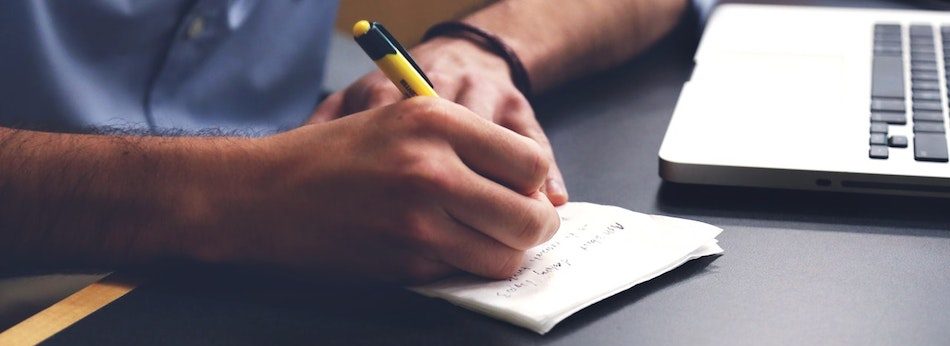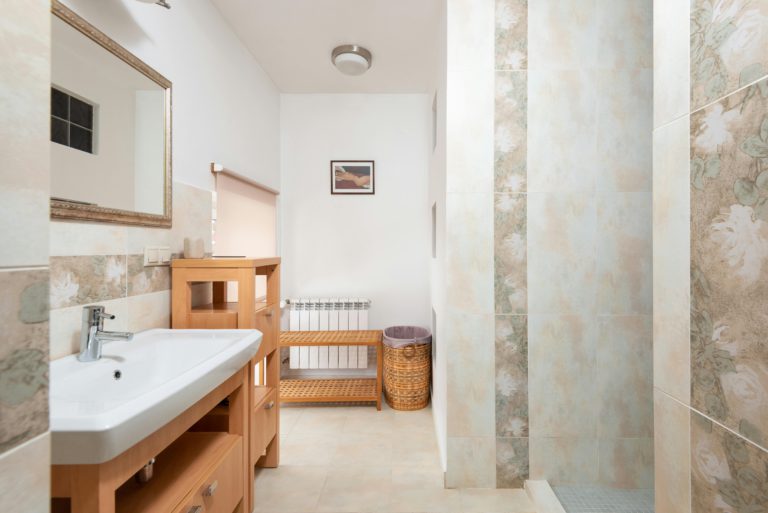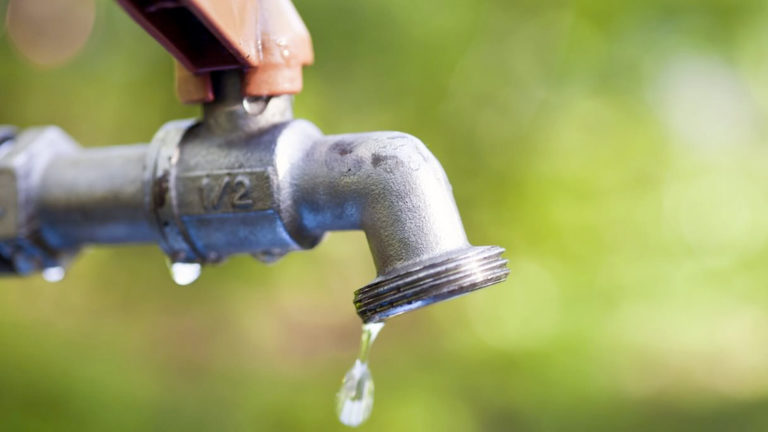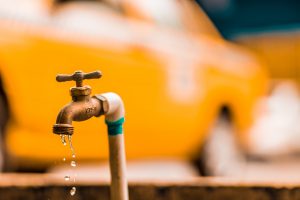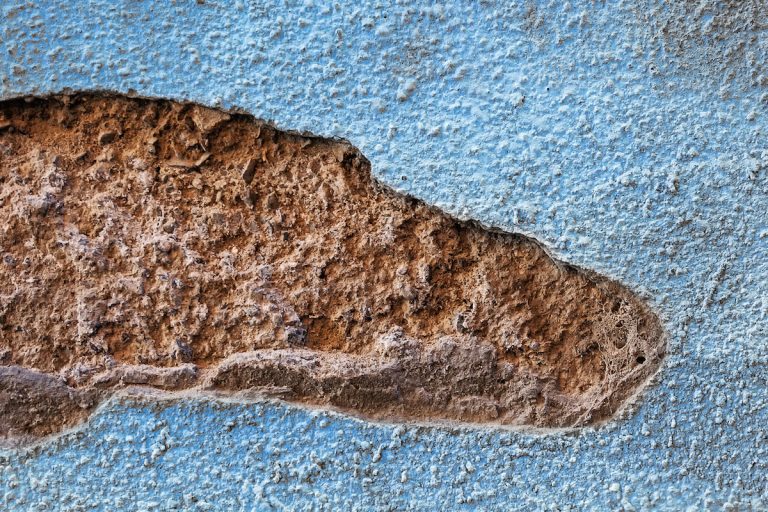Transforming your bathroom into a spa-like sanctuary is a luxurious endeavour that can elevate your daily routine and enhance your overall well-being. With the right design elements and thoughtful touches, you can create a tranquil oasis where you can unwind, rejuvenate, and escape the stresses of everyday life. In this guide, we'll explore expert tips for infusing your bathroom with a spa-like ambience, drawing inspiration from both bathroom interior design principles and the sophistication of residential interior design in London.
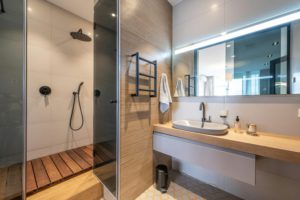
- Lighting: Start by considering the lighting in your bathroom. Soft, diffused lighting can create a calming atmosphere reminiscent of a spa. Install dimmer switches or opt for fixtures with warm, ambient light to create a soothing glow. Consider incorporating natural light through skylights or frosted glass windows to bring a sense of the outdoors into your space.
- Neutral Colour Palette: Embrace a neutral colour palette to evoke a sense of serenity and sophistication. Soft, muted tones like pale blues, greens, greys, and whites are reminiscent of spa environments and can help create a calming atmosphere. Avoid harsh or bold colours that may feel too stimulating or overwhelming.
- Natural Materials: Incorporate natural materials into your bathroom design to add warmth and texture. Use wood, stone, bamboo, and marble for countertops, flooring, and accents. These materials evoke a spa-like ambience and create a sense of luxury and refinement reminiscent of residential interior design London.
- Clutter-Free Spaces: Keep your bathroom clutter-free to promote a sense of tranquillity and relaxation. Invest in ample storage solutions such as cabinets, shelves, and baskets to keep toiletries, towels, and other essentials neatly organised and out of sight. Clear countertops and surfaces will help create a clean and serene environment.
- Luxurious Textiles: Elevate your bathroom with luxurious textiles that add comfort and sophistication. Invest in plush towels, bath mats, and bathrobes made from high-quality, absorbent materials like Egyptian cotton or bamboo. Layer soft, fluffy towels in neutral hues to create a spa-like atmosphere reminiscent of residential interior design in London.
- Soothing Scents: Incorporate aromatherapy into your bathroom routine to enhance relaxation and promote a sense of well-being. Use essential oils, scented candles, or reed diffusers in calming fragrances like lavender, eucalyptus, or chamomile to create an inviting ambience. Experiment with different scents to find ones that resonate with you and help you unwind.
- Tranquil Sounds: Integrate soothing sounds into your bathroom environment to enhance the spa-like experience. Consider installing a waterproof Bluetooth speaker or sound system to play calming music; nature sounds, or guided meditations while you relax in the bath or shower. Alternatively, use a small tabletop fountain or water feature to create the gentle sound of flowing water.
- Natural Elements: Bring elements of nature into your bathroom to evoke a sense of tranquillity and connection with the outdoors. Incorporate potted plants, fresh flowers, or botanical artwork to add a touch of greenery and life to your space. Consider placing a small indoor fountain or Zen garden to introduce the calming sound of water and create a peaceful ambience.
- Invigorating Showers and Baths: Invest in a high-quality showerhead or bathtub that offers a luxurious bathing experience. Opt for features like rainfall showerheads, massaging jets, or deep soaking tubs to replicate the indulgent experience of a spa. Consider adding features like steam showers or aromatherapy systems for an extra touch of luxury.
- Personalised Touches: Personalise your spa-like bathroom with thoughtful touches that reflect your style and preferences. Display curated collections of bath products, skincare essentials, or decorative accents that bring you joy and enhance your well-being. Incorporate elements that inspire relaxation and create a space that feels uniquely yours.
Transforming your bathroom into a spa-like oasis is a rewarding endeavour that can elevate your daily routine and promote well-being. By incorporating elements of bathroom interior design and drawing inspiration from the sophistication of residential interior design in London, you can create a tranquil sanctuary where you can relax, rejuvenate, and escape the stresses of everyday life. You can create a serene and luxurious bathroom that feels like a true retreat with the right combination of lighting, colour, materials, and accessories.
